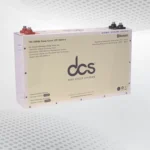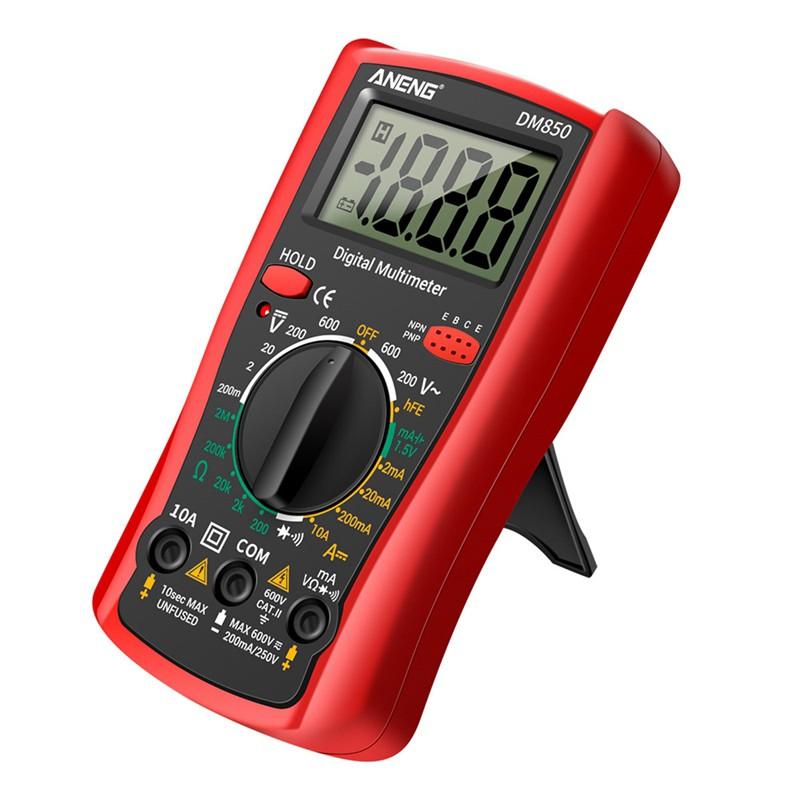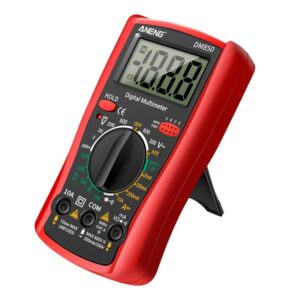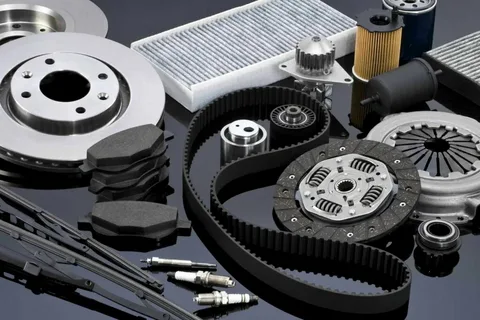Introduction
Multi meters are essential tools for professionals and DIY enthusiasts alike, used for measuring electrical properties such as voltage, current, and resistance. Whether you’re an electrician, technician, or hobbyist, a multi meter helps ensure safe and accurate measurements. In this article, we’ll cover everything you need to know about multi meters, including their types, uses, features, and how to choose the right one for your needs.
What is a Multi Meter?
A multi meter, also known as a volt/ohm meter, is an electronic measuring instrument that combines several functions in one unit. The most common types of multi meters measure voltage (volts), current (amps), and resistance (ohms). These tools are widely used in electrical testing, troubleshooting, and circuit diagnostics.
Multi meters can be digital or analog, each with its pros and cons, which we will discuss later in this article.
Types of Multi Meters
There are two main types of multi meters: digital and analog.
Digital Multi Meters (DMM)
Digital multi meters are the most popular type today. They display readings in numerical form on an LCD screen. These multi meters are known for their accuracy, ease of use, and additional features like auto-ranging, data storage, and more.
- Pros:
- Precise measurements
- Easy-to-read display
- Advanced features such as auto-ranging
- Safer for high-voltage testing
- Cons:
- Typically more expensive than analog multi meters
- Can be sensitive to physical damage
Analog Multi Meters
Analog multi meters display measurements using a moving needle on a scale. While they may not be as precise as digital models, they are more durable and can be a better option for basic testing.
- Pros:
- Durable and resistant to environmental factors
- No reliance on batteries for basic functions
- Typically more affordable
- Cons:
- Harder to read accurately
- Lack of modern features like auto-ranging
Key Features of Multi Meters
When selecting a multi meter, it’s essential to consider the features that match your needs. Here are some key features to look for:
1. Auto-Ranging
Auto-ranging is a feature commonly found in digital multi meters. It automatically selects the appropriate range for the measurement you’re taking, saving you the hassle of manually adjusting the settings.
2. Display
A clear and easy-to-read display is crucial, especially for beginners. Digital models with backlit screens are particularly useful when working in low-light conditions.
3. Measurement Capabilities
Basic multi meters can measure voltage, current, and resistance. However, more advanced models can measure additional properties like capacitance, temperature, and frequency.
4. Safety Ratings
Look for multi meters that come with safety ratings such as CAT I, CAT II, CAT III, or CAT IV. These ratings indicate the environments and voltages the device is safe to use in.
5. Durability
If you work in tough environments, choose a multi meter that is rugged and shock-resistant. Many digital models come with rubberized housings to protect them from drops and damage.
6. Battery Life
Ensure that the multi meter has long battery life, especially if you’re using a digital model. Some devices also come with an auto shut-off feature to conserve power.
How to Use a Multi Meter
Using a multi meter correctly is key to getting accurate results and avoiding damage. Here’s a step-by-step guide on how to use a digital multi meter:
- Turn On the Multi Meter: Set the dial to the type of measurement you want to take (voltage, current, or resistance).
- Select the Correct Range: If your multi meter doesn’t have auto-ranging, you’ll need to select the correct range manually.
- Connect the Probes: Insert the black probe into the common (COM) jack and the red probe into the appropriate jack for the measurement type.
- Take the Measurement: For voltage measurements, connect the probes to the circuit or component. For current, connect the probes in series. To measure resistance, ensure the circuit is powered off before testing.
- Read the Display: The digital display will show the measurement. Make sure you record or note down the readings for later reference.
- Turn Off the Multi Meter: Once done, switch off the multi meter to save battery life.
Common Applications of Multi Meters
Multi meters are versatile tools with a wide range of applications. Here are some common uses:
1. Testing Batteries
Use a multi meter to check the voltage of a battery and determine if it still has a charge. This is especially useful for car batteries and household batteries.
2. Checking Electrical Circuits
Professionals use multi meters to diagnose problems in electrical circuits, such as shorts, voltage drops, or faulty connections.
3. Measuring Resistance
Multi meters can measure the resistance of components, ensuring they are functioning properly and within specification.
4. Testing Appliances
You can use a multi meter to test household appliances like refrigerators, washing machines, and more, to identify electrical issues.
Choosing the Right Multi Meter
Selecting the right multi meter depends on your specific needs. Consider the following factors when making your decision:
- Budget: Determine how much you’re willing to spend. While digital multi meters tend to be more expensive, they offer more features and greater accuracy.
- Usage: If you’re a professional electrician, a digital multi meter with advanced features like data logging and auto-ranging might be worth the investment. For simple DIY tasks, an analog multi meter may suffice.
- Environment: Choose a multi meter with a high safety rating if you work in high-voltage environments. Durability is also important if you’ll be using the tool in harsh conditions.
Conclusion
Multi meters are indispensable tools for anyone working with electrical systems. Whether you’re a seasoned professional or a DIY enthusiast, knowing how to use and choose the right multi meter is essential. Digital models offer convenience and precision, while analog versions are robust and affordable. By understanding the features, types, and uses of multi meters, you can make the right choice for your needs and ensure safe, accurate measurements every time.
For more tips, guides, and product reviews, visit Multi Meters World to stay updated on the latest trends in electrical testing equipment!










